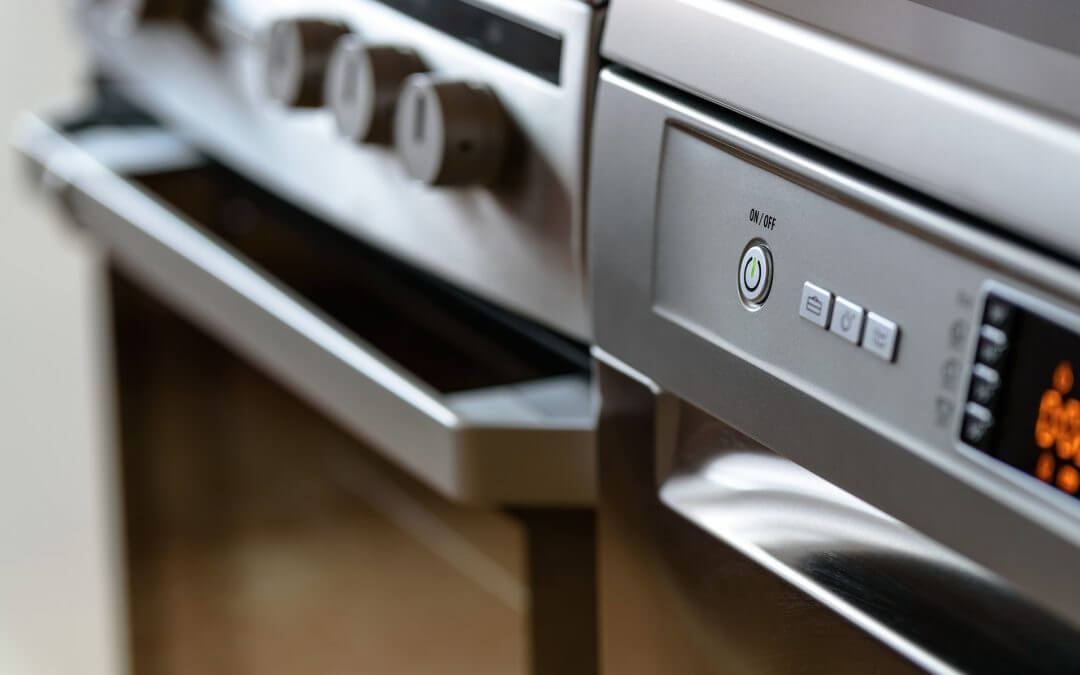Table of Contents
All of our appliances use power, which cost varies greatly on the quality, efficiency, age, condition, home’s wiring, and on the appliance itself. Figuring out how much energy our appliances and home electronics use can help us understand how much money we are spending to use them. It will also help us decide whether or not make changes with the appliances that we use or the ways that we use them. Here’s a guide to some general estimates of possible power use for our everyday appliances.
Understanding Energy Usage
Electricity is probably the least salient thing people consume. When we are buying food and clothes, we know that we are making a purchase and we are aware of how much these things are worth. But when it comes to electricity, we don’t know how much of it we use and what we are doing to use it.
Let’s get to know our own electricity consumption in a currency we can all understand. The power is measured in watts, which express the rate of energy conversion with respect to time. Through the use of our own kinetic pedal power, we can generate around 150 watts or 1 manpower, while a horse can generate around 735.5 watts or 1 horsepower. This certain amount of energy is available for as long as a person pedals or a horse tows. For instance, every 30 minutes of a person pedalling is equivalent to 150 watts for 30 minutes or 75 watt hours.
Now, appliances have two different levels of power consumption: the low and high wattage. It’s easy to distinguish between the low wattage and high wattage appliances. Essentially, anything working with heating elements, such as electric kettle, clothes and hair dryer, heater, coffee maker, air conditioner, and hot showers consume the most power. Other appliances like LED light bulb, phone and tablet charger, night light, electric doorbell transformer, and clock radio use up the least power.
Fun Facts About Energy
Have you tried picturing out our world without any sources of energy? It would look like a weary planet. Everything around us will go dark, transportation will come to a halt, and you will not even have the power to charge your cellular devices. It’s a fact that no one can deny that we are very dependent on energy as it does more than fueling the world. Here are more interesting things about energy that everyone should know:
- Electricity travels at the speed of light – around 300,000 km per second. Take for example, if you have a lamp on the moon connected to a switch in your home, it would take only 1.26 seconds for that bulb to light up.
- A bolt of lightning can measure up to 3 million volts and lasts less than 1 second!
- Electricity can be generated from wind, water, sun, and even from the poop of an animal.
- Electric eels produce electricity that’s enough to power 12 light bulbs. The energy these fishes generate is generally used to light up their surroundings and help detect prey.
- 1 calorie is the energy needed to raise 1 litre of water to 1 degree C. Water boils at 100 degrees C at sea level and room temperature is around 21. If you are raising the temperature of 1 litre of water from 21 to 100 degrees C, the energy required is 79 calories.
- According to the law of conservation of energy, energy can only be transformed from one form to another. It can neither be created nor destroyed. For example, electric potential energy in lightning transforms into light, heat, and sound energy.
- You can generate electrical energy from kinetic energy. The bike pedal power generator is a tool that converts human power (from foods & drinks consumed as chemical energy) into electricity. The solar floor tiles use human movement as a source of energy. And the energy-generating gym equipment harnesses energy from the exerciser and sends the created electrical energy back to the power grid to offset power consumption in the gym or building.
Uncovering the Energy Used to Power Appliances
To easily understand how much energy is used to power your appliances, let us try to relate it to the person pedalling or horse towing method.
| Appliance | Watts needed to run | Man/horsepower |
| Mobile phone | 5-10W (charging) | 1 Manpower |
| iPad | 20W (charging) | 1 Manpower |
| Desktop PC | 100W | 1 Manpower |
| Fridge-freezer | 300W | 2 Manpower |
| TV | 300W | 2 Manpower |
| Hairdryer | 1050W | 7 Manpower |
| Toaster | 1200W | 8 Manpower |
| Oven | 2200W | 3 Horsepower |
| Kettle | 2800W | 4 Horsepower |
As shown in the table, 1 manpower can charge a mobile phone and a notebook computer. With 3 horsepower, you can already bake a cake in your oven. The table suggests that you can power your appliance without the need for any single watt. The energy generated from the person pedaling or the horse towing can be turned into usable electrical energy. Using man or horsepower means saving a huge amount of your daily electrical consumption.
At Eco Renewable Energy, we aim to raise awareness of sustainability across masses of people, starting at home we all can learn about energy consumption. With our interactive & sustainable innovations, you’ll be able to convert human power into electricity. Take advantage of the energy-generating furniture, floors, and fitness equipment that we offer. Our power-generating exercise equipment makes you healthy while generating electrical energy simultaneously, Have our human power products installed for your business and take the first step in educating and inspiring people about energy consumption!


Recent Comments